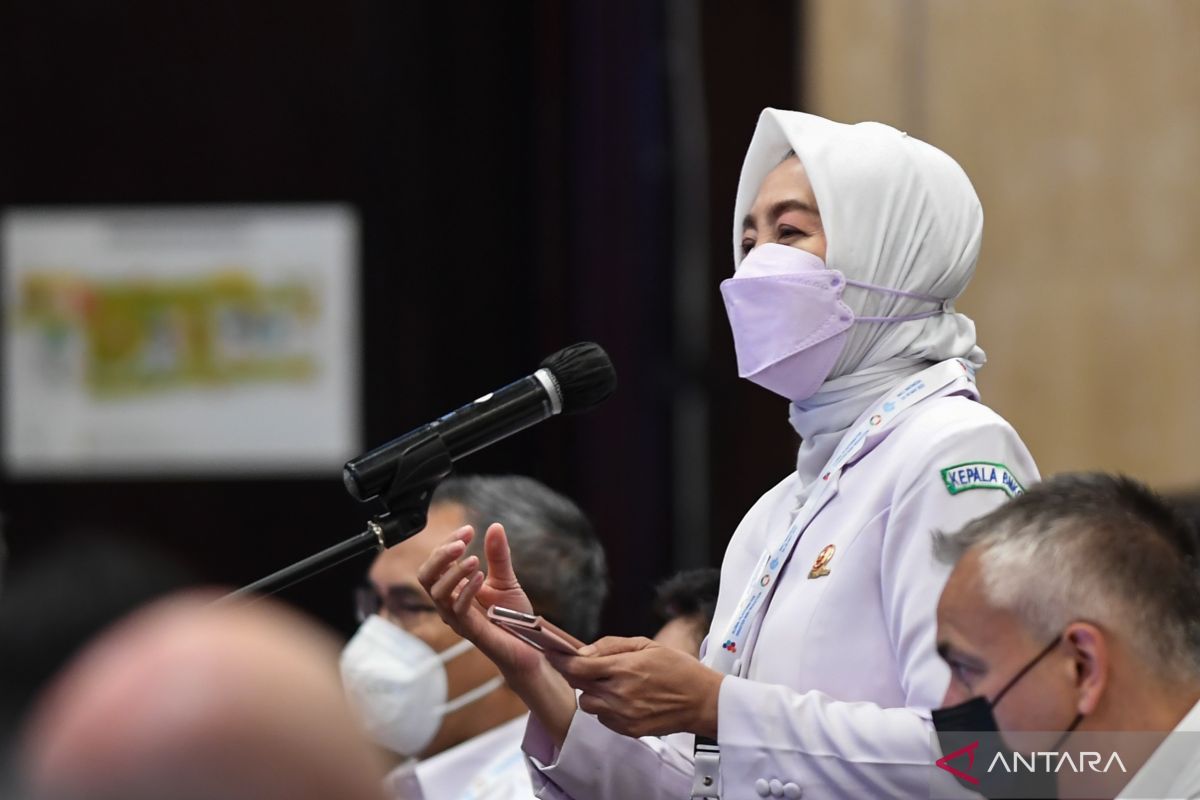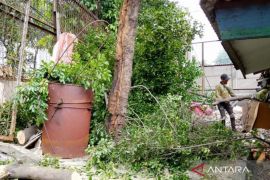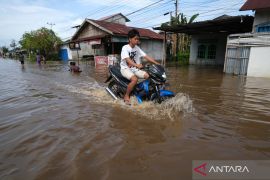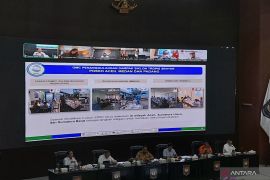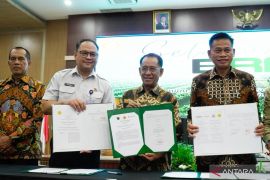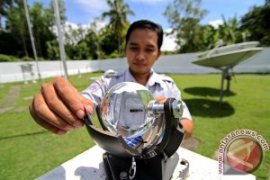The upgrade of seasonal zones is to form a benchmark or reference that can be widely used for the latest climatic conditions in each region throughout Indonesia.Jakarta (ANTARA) - The Meteorology, Climatology, and Geophysics Agency (BMKG) has sought to improve the accuracy of forecasts for the 2022–2023 rainy season by updating seasonal zones.
According to a statement issued by BMKG here on Wednesday, ZOM9120, the current seasonal zone model has been built by updating the seasonal zones based on normal rainfall for the period between 1991 and 2020, while the previous model was based on the average climatic conditions from 1981 to 2010.
"The upgrade of seasonal zones is to form a benchmark or reference that can be widely used for the latest climatic conditions in each region throughout Indonesia," Head of BMKG Dwikorita Karnawati explained.
"Insya Allah (God willing), the data and information generated by BMKG will be more reliable, more precise, and more accurate," she added.
Related news: Expect SCLN to boost productivity of fishermen: BMKG head
According to Karnawati, ensuring the accuracy of BMKG's climate data and information is essential because they serve as a reference and policy basis for many sectors, including transportation, infrastructure, agriculture and forestry, marine and fisheries, spatial planning, health, tourism, defense and security, and disaster mitigation.
Moreover, the update of seasonal zones has been carried out by combining data from in-situ observations on the earth's surface and satellites, she informed.
Related news: BMKG issues early warning for drought in East Nusa Tenggara
Therefore, she said, the latest seasonal zoning is expected to reflect more specific climate characteristics of each region and can be used as the basis for climate information for the next 10 years.
After the upgrade, the number of seasonal zones in Indonesia has increased from 407 to 699.
Meanwhile, BMKG's acting deputy for climatology, Dodo Gunawan, informed that the 2022–2023 rainy season is expected to begin in September–November 2022, and the peak is expected to last from December 2022 to January 2023.
Related news: BMKG calls for disaster vigilance amid equipment breakdown
Related news: Papua: 8.9 tons rice sent to drought-hit Kuyawage district
Translator: Devi R, Kenzu T
Editor: Fardah Assegaf
Copyright © ANTARA 2022
